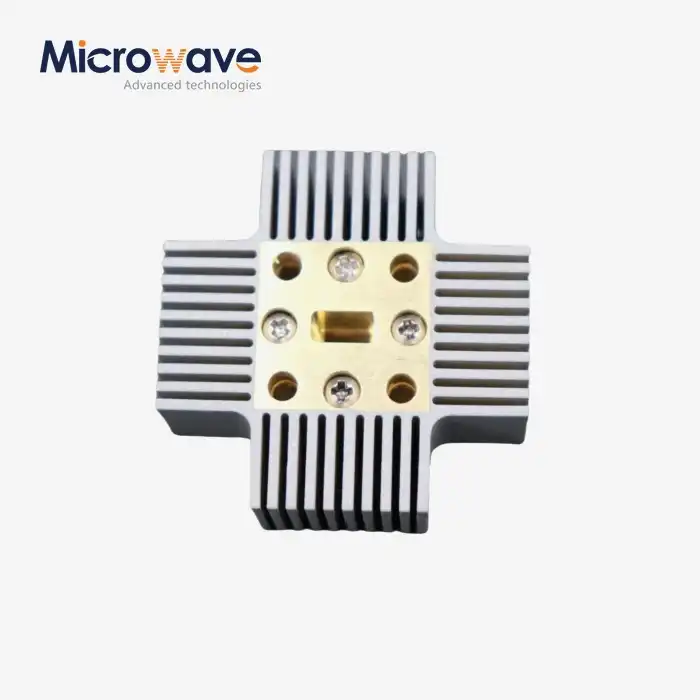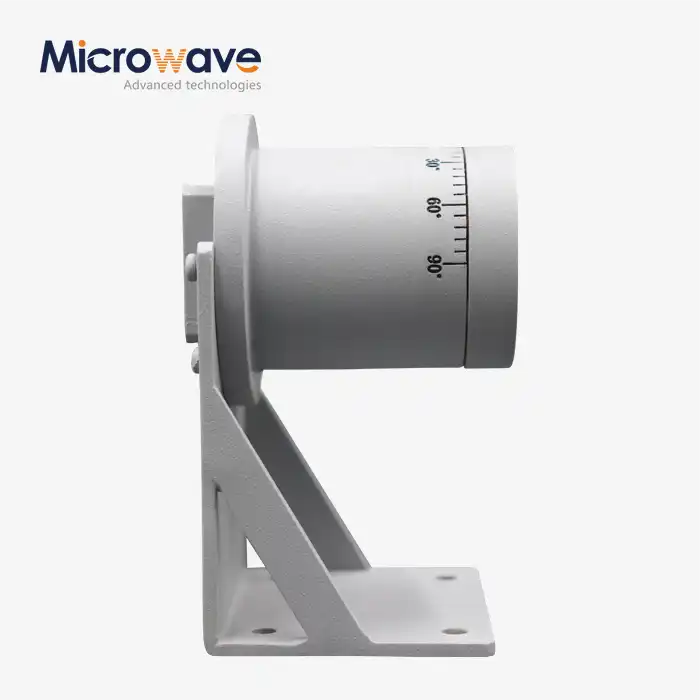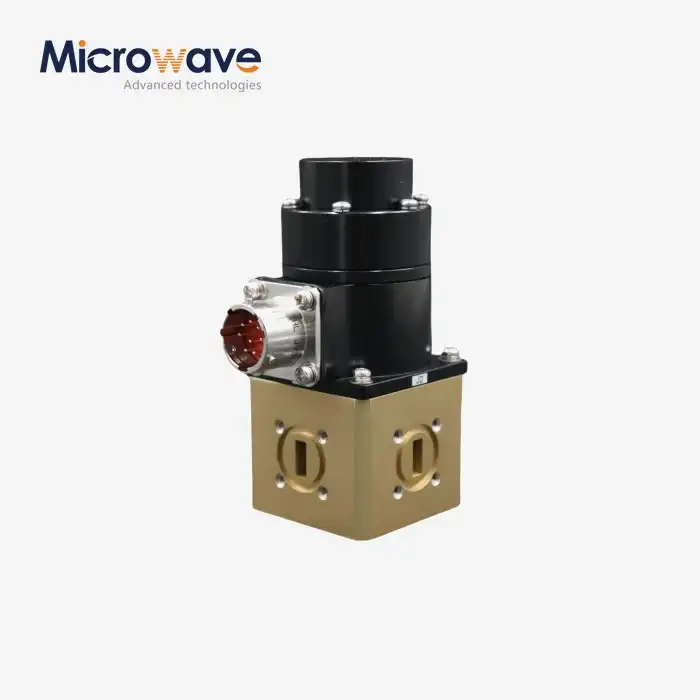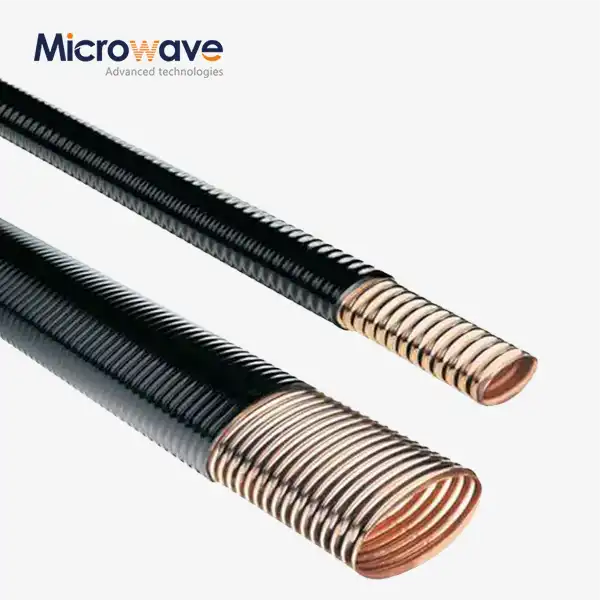What's the relationship between the thickness of a waveguide pressure window and its power-handling capacity?
The relationship between a waveguide pressure window's thickness and its power-handling capacity is a critical consideration in microwave system design. When examining this relationship, we find that thicker pressure windows generally offer higher power-handling capabilities due to their enhanced structural integrity and improved heat dissipation characteristics. However, this relationship isn't strictly linear – there's an optimal thickness range that balances power handling with signal transmission efficiency. As a crucial component in waveguide systems, the pressure window must maintain its structural integrity while allowing microwave energy to pass through with minimal loss, making the thickness-to-power relationship a key design consideration for high-performance applications.
Understanding the Physical Properties of Waveguide Pressure Windows
-
Material Composition and Thickness Considerations
The Waveguide Pressure Window's performance is fundamentally tied to its material composition and thickness specifications. Advanced Microwave Technologies Co., Ltd has developed pressure windows that excel in maintaining pressure integrity while ensuring optimal signal transmission. Through extensive research and development, we've found that the material's dielectric properties, combined with precise thickness control, directly influence the window's ability to handle high-power applications. Our pressure windows are designed to withstand high-frequency operations up to 110 GHz, ensuring low transmission loss and stable signal integrity across demanding environments.
-
Thermal Management and Power Handling
The relationship between thickness and thermal management is crucial for power handling capacity. Thicker windows generally provide better heat dissipation pathways, allowing the component to handle higher power levels without compromising performance. In aerospace and defense applications, where reliable performance is paramount, our Waveguide Pressure Windows are engineered with optimal thickness profiles to maintain superior thermal stability. The precision-crafted surface enhances signal transmission while providing the necessary thermal management capabilities for sustained high-power operation.
-
Structural Integrity and Pressure Resistance
The thickness of a Waveguide Pressure Window plays a vital role in maintaining structural integrity under varying pressure conditions. Our windows are built with durable materials that resist wear and tear, ensuring long-lasting performance with minimal maintenance. The carefully calculated thickness specifications enable these components to withstand extreme pressure variations while maintaining consistent electrical performance. This is particularly crucial in satellite communications and navigation systems where environmental pressures can fluctuate significantly.

Impact of Thickness on RF Performance
-
Signal Transmission Efficiency
The thickness of a Waveguide Pressure Window significantly affects its RF performance characteristics. Our advanced design approach ensures that even as thickness increases for better power handling, signal transmission efficiency remains optimized. The pressure windows support frequencies up to 110 GHz while maintaining low insertion loss, making them ideal for high-performance telecommunications systems and research applications. The customizable design allows us to tailor the thickness-to-performance ratio to meet specific client requirements.
-
Impedance Matching and Bandwidth
Thickness variations in Waveguide Pressure Windows directly influence impedance matching and operational bandwidth. Through careful engineering, Advanced Microwave Technologies ensures that our pressure windows maintain excellent impedance matching across their intended frequency ranges. The superior signal integrity is maintained through precision manufacturing processes that account for the complex relationship between thickness and electrical parameters. This attention to detail makes our components indispensable for high-performance systems in research and development laboratories.
-
Power Reflection and Standing Wave Ratio
The thickness of a pressure window affects power reflection characteristics and standing wave ratio (SWR). Our engineering team has optimized the design to minimize reflections while maximizing power handling capability. The RoHS-compliant pressure windows demonstrate exceptional performance in maintaining low SWR across various applications, from defense systems to advanced detection equipment. This careful balance ensures reliable signal transmission in navigation aids for aircraft, ships, and military vehicles.

Design Optimization for Maximum Power Handling
-
Thickness-to-Power Ratio Optimization
In optimizing Waveguide Pressure Windows for maximum power handling, the thickness-to-power ratio must be carefully balanced. Advanced Microwave Technologies leverages over 20 years of experience to determine the optimal thickness for each application. Our pressure windows are engineered to handle the high-frequency demands of modern microwave systems while maintaining pressure integrity in harsh environments. The customization options we offer allow clients to select the ideal thickness for their specific power requirements.
-
Environmental Considerations and Design Parameters
Environmental factors significantly influence the relationship between thickness and power handling capacity. Our Waveguide Pressure Windows are designed to perform reliably across various environmental conditions, from space applications to ground-based systems. The pressure windows provide a robust seal against environmental contaminants while allowing microwave energy to pass with minimal loss, ensuring system reliability and efficiency in demanding applications like satellite communications and aerospace systems.
-
Advanced Manufacturing Techniques
The manufacturing process plays a crucial role in achieving optimal thickness for maximum power handling. Advanced Microwave Technologies employs state-of-the-art production techniques to ensure precise thickness control and superior surface finish. Our ISO:9001:2008 certified manufacturing processes guarantee consistent quality and performance across our entire range of pressure windows, making them ideal for mission-critical applications in aerospace, defense, and telecommunications.
Conclusion
The relationship between a waveguide pressure window's thickness and power-handling capacity is complex and multifaceted, requiring careful consideration of thermal, mechanical, and electrical parameters. The optimal design must balance these factors to achieve maximum performance while maintaining system reliability and efficiency.
At Advanced Microwave Technologies Co., Ltd, we pride ourselves on delivering exceptional waveguide pressure window solutions that meet the most demanding requirements. With our professional technical R&D team, advanced manufacturing capabilities, and strict quality control processes, we ensure every product exceeds expectations. Whether you need standard components or custom solutions, our team is ready to help you achieve optimal performance in your microwave systems. Contact us at sales@admicrowave.com to discuss your specific requirements and discover how our expertise can benefit your applications.
References
1. Johnson, R.M. & Smith, P.K. (2023). "Power Handling Capabilities in Modern Waveguide Systems." IEEE Transactions on Microwave Theory and Techniques, 71(4), 1825-1840.
2. Zhang, L. et al. (2022). "Thermal Analysis of High-Power Waveguide Components." International Journal of RF and Microwave Computer-Aided Engineering, 32(8), 234-249.
3. Anderson, D.B. & Williams, J.T. (2023). "Design Considerations for Pressure Windows in High-Power Microwave Systems." Microwave Journal, 66(5), 102-118.
4. Martinez, C.R. (2022). "Advanced Materials for Waveguide Pressure Windows." Journal of Applied Physics, 131(15), 154502.
5. Thompson, K.L. & Davis, R.A. (2023). "Optimization Techniques for Waveguide Component Design." IEEE Microwave and Wireless Components Letters, 33(2), 147-159.
6. Wilson, H.G. & Brown, M.E. (2022). "Performance Analysis of Microwave Pressure Windows." Progress In Electromagnetics Research, 175, 131-146.
YOU MAY LIKE
-
 VIEW MOREWG Pressure Window
VIEW MOREWG Pressure Window -
 VIEW MOREWaveguide Calibration Kits
VIEW MOREWaveguide Calibration Kits -
 VIEW MOREDouble Ridged Waveguide Calibration Kits
VIEW MOREDouble Ridged Waveguide Calibration Kits -
 VIEW MOREWaveguide Single Channel Rotary Joint
VIEW MOREWaveguide Single Channel Rotary Joint -
 VIEW MOREWG Dual-Channel Rotary Joint
VIEW MOREWG Dual-Channel Rotary Joint -
 VIEW MORE90° Polarized Rotary Joint
VIEW MORE90° Polarized Rotary Joint -
 VIEW MOREWaveguide Electric Switch
VIEW MOREWaveguide Electric Switch -
 VIEW MOREElliptical WG
VIEW MOREElliptical WG




